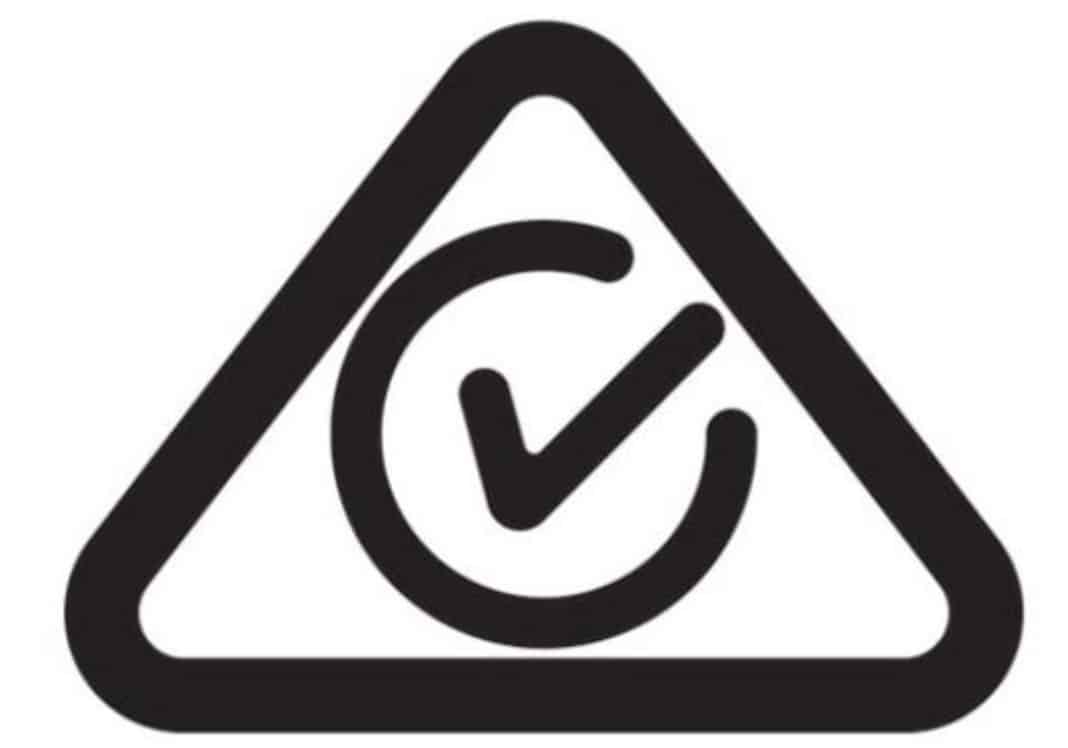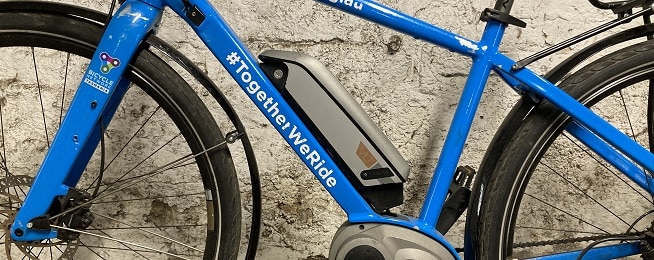The safety of lithium ion batteries has been in the news recently, with a fire in the southern suburb of Electrona and a Hobart landlord banning e-bike charging.
With any new technology there will be a lag between its introduction and people understanding how to manage any risks. We have lithium ion batteries in multiple devices and tools across the home: phones, tablets, vacuum cleaners, power drills, and now e-bikes.
Because micromobility devices are the newest kid on the block, potential problems are attracting the media’s attention.
The Tasmanian Fire Service responds to more than 350 house fires a year, with the most common causes being cooking, heating, general electrical, cigarettes and candles. It has responded to one lithium ion battery fire this year, two last year and one in 2020.
While that puts the risk into perspective, the ownership of electric mobility is on the rise and the Australian Competition and Consumer Commission has warned we could see more fires if e-bike owners don’t understand the risks and manage them.
Reducing risk
The main reasons batteries catch fire are overcharging, using a charger that doesn’t meet Australian Standards or doesn't match the battery, excessive heat, damage, or a fault.
To reduce the fire risk, the Tasmanian Fire Service recommends the following:
- Avoid charging batteries overnight or leaving unattended while charging, and once fully charged, disconnect from the charger.
- Only use chargers recommended by the manufacturer and that have the mark to show they meet the Australian Standard.
- Always charge e-scooters and e-bikes away from exits to ensure you can safely escape in the event of a fire.
- Charge batteries in a well-ventilated area such as garage or car port on solid, non-flammable surfaces.
- Don’t charge batteries when they are still warm for use, and don’t charge in direct sunlight or other hot areas.
If a fire does occur then the Fire Service recommends calling 000, evacuating the area and closing the doors to slow the fire spread.
 or
or 
Buy local
On top of these basic steps, buying an e-bike from an established maker or retailer and getting it regularly serviced by a bike mechanic with training in your battery and motor systems can add an extra layer of security.
Some of the fires reported involve people trying to make their own e-bike, buying a second-hand bike and not getting the charger and battery checked, or using batteries and chargers that don’t meet the Australian Standard.
The mother of the Electrona e-bike owner was quoted in The Mercury that her son had bought a cheap e-bike kit from E-bay which did have a safety switch.
Insurers supporting e-bikes
While some insurers may be worried about potential increased risk, the Insurance Council of Australia is not advocating banning e-bikes.
In a November 2023 briefing note to insurers it expresses support for the uptake of e-bikes and e-scooters and says it intends to:
“Engage with relevant fire authorities in supporting testing and building a better understanding of emerging risks, particularly in relation to personal mobility devices.
“Engage with the relevant strata groups and associations to support the development of guidance or by-laws to assist in consistent risk management across strata buildings.
“Work in collaboration with key bodies across industries and governments to support the acceleration of Australia’s electric vehicle transition, whilst appropriately managing emerging risks.”
The Australian Competition and Consumer Commission also produced a report in late 2023 advocating for better consumer education and nationally consistent electrical safety regulations.


